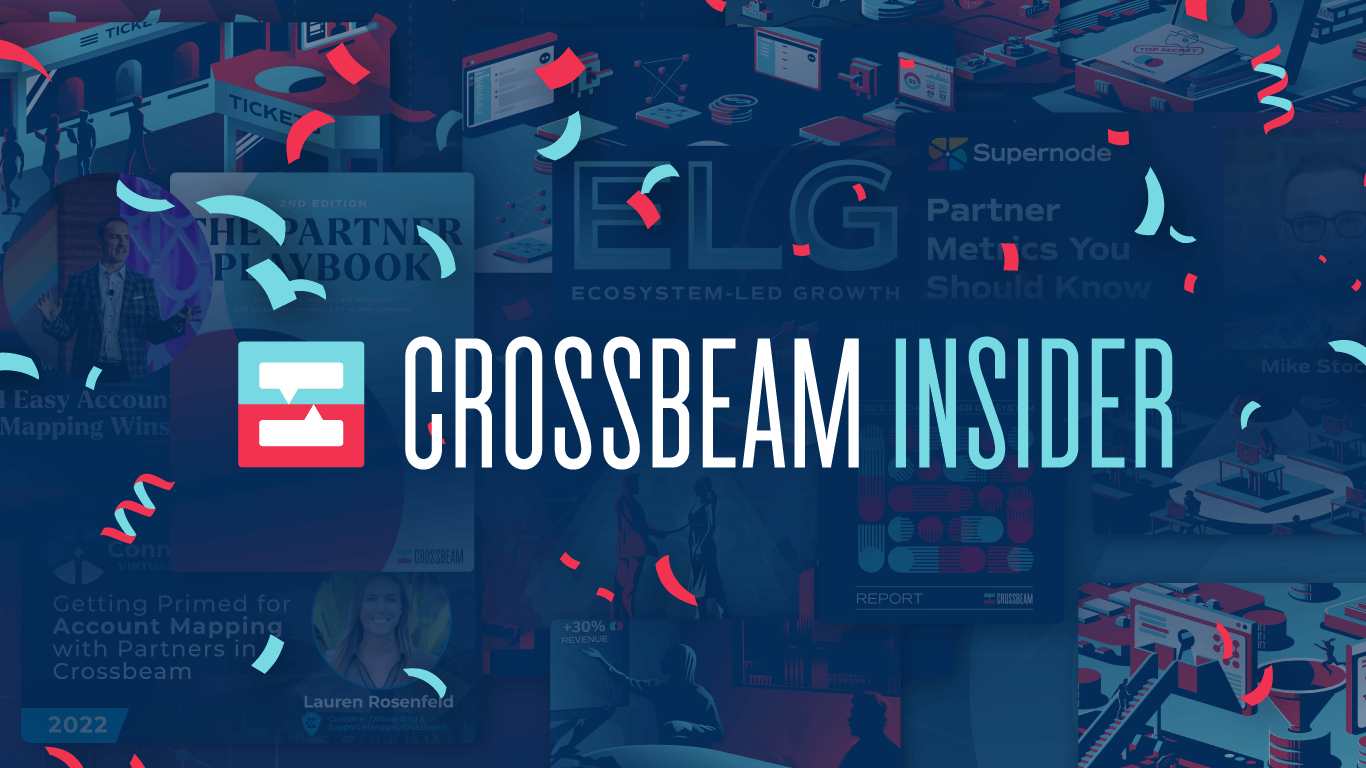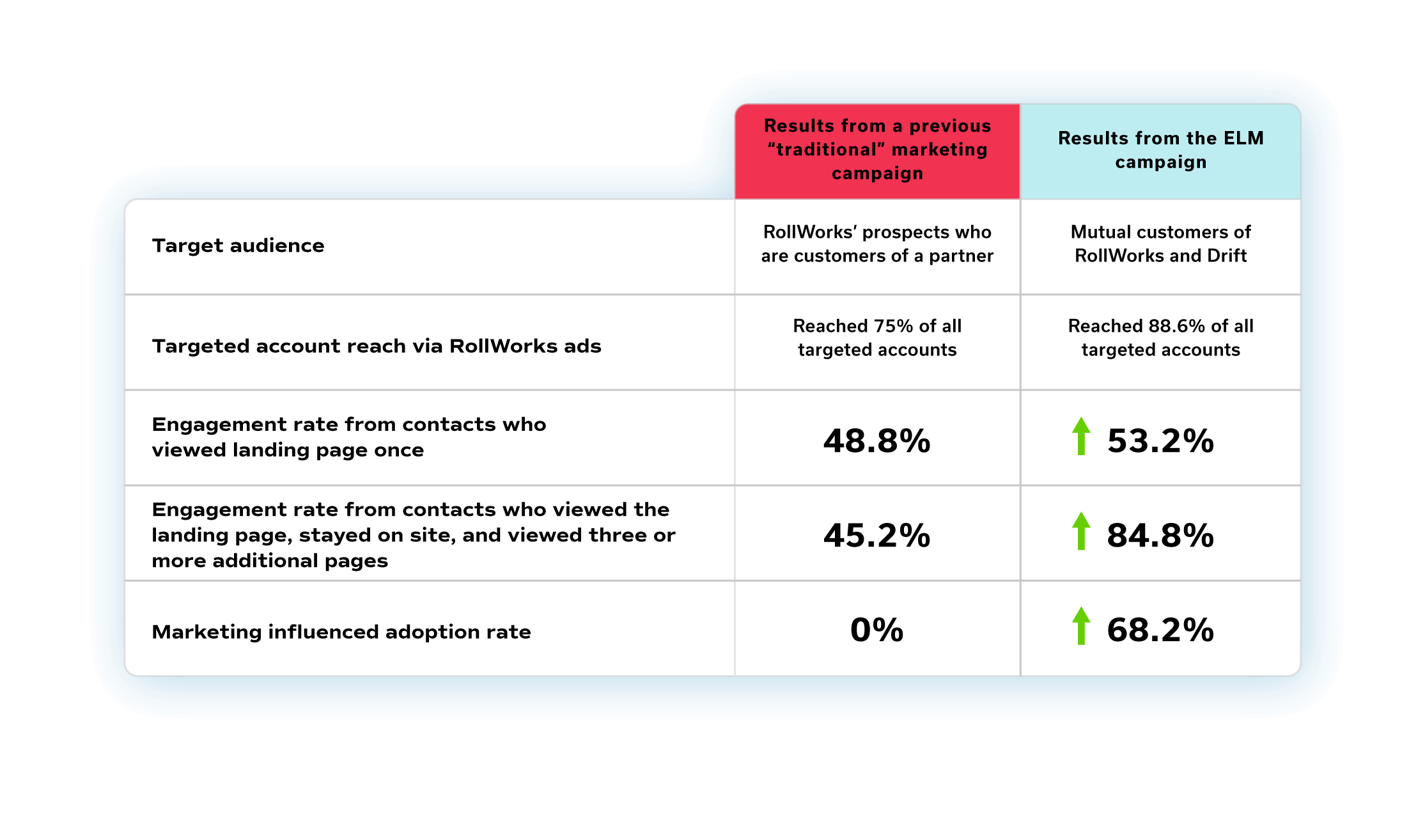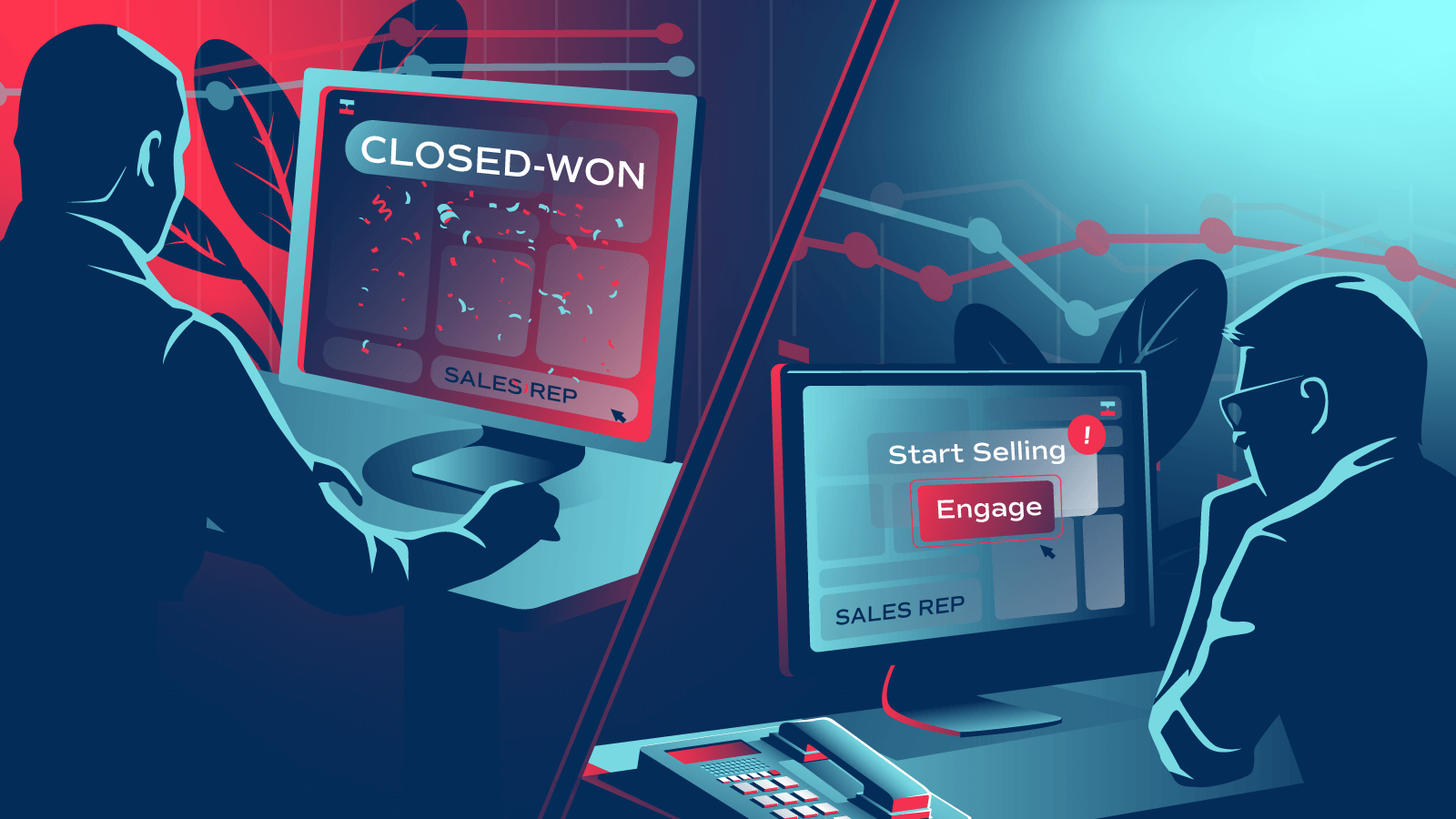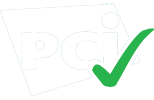
Case Study
Why Ecosystem-Led Marketing Rules: How to Get 60% Higher Engagement Rates On Your Next Integration Adoption Campaign
Get a deep dive into RollWorks and Drift’s Ecosystem-Led Marketing campaign. You'll learn how RollWorks' partner marketing team used the Crossbeam and RollWorks integration to power a highly targeted ABM campaign that influenced 68% of total integration adoption and 60% higher engagement rates.

2019
Technology and agency partners
100
2-5 people
- Building an Ecosystem-Led Marketing Campaign
- Driving integration adoption
You need to drive awareness and adoption of an integration – what’s your move? Consider these options:
- Option 1: Spin up a solo marketing campaign to promote your integration to contacts who you *think* may benefit from your integration using third-party data. But proceed with caution: With the death of the cookie and the decline of accessible third-party data, it’ll be hard to know if the static data you’re working with is accurate.
- Option 2: Work with your partner to launch an Ecosystem-Led Marketing (ELM) campaign. Collaborate on your co-marketing strategy and exchange second-party data (first-party data shared by your partner) to create a highly targeted and personalized campaign that tells your “better together” story and drives activations.
When RollWorks, an account-based marketing platform, and Drift, a conversation cloud company faced this same decision for their integration, they went with Option 2. Both companies exchanged second-party data through Crossbeam, and RollWorks leveraged the Crossbeam/RollWorks integration to power their integration adoption campaign.
By using an ELM campaign to target the right audience with the right message, RollWorks partner marketing team influenced 68% of total integration adoption — exceeding their original goal to hit 50% adoption 90 days post-launch.
RollWorks saw these improvements when comparing their ELM campaign outcomes to a “traditional” marketing campaign they had previously ran with a different partner:
- 16.6% higher account reach in RollWorks by using an up-to-date dynamic list powered by second-party data in Crossbeam instead of a static list that was compiled with third-party data.
- 8.6% higher rate of engagement from contacts who viewed the landing page once
- 60.9% higher rate of engagement from contacts who viewed the landing page, stayed on site, and viewed three or more additional pages.
“By tapping into a larger pool of relevant accounts through our overlapping partner data, utilizing dynamic lists, and serving specific relatable messaging via RollWorks ads, we’ve seen up to 60.9% higher engagement rates compared to using static data, leading to greater opportunities for revenue growth,” says Jodi Cerretani, VP of Marketing at RollWorks.
In this story, you’ll get a deep dive into RollWorks and Drift’s Ecosystem-Led Marketing campaign, and how they drove integration adoption using the Crossbeam/RollWorks integration.
Table of Contents
Defining Ecosystem-Led Marketing
Ecosystem-Led Marketing is a strategy in which two or more companies collaborate on GTM motions using second-party data to generate leads and create highly targeted, personalized, and effective customer experiences. This marketing approach leverages second-party data, which is first-party data that is shared, not sold, between two trusted companies. And who’s more trustworthy than your own ecosystem of partners?
Why RollWorks and Drift Embraced ELM over a Traditional Marketing Campaign
In the past, the RollWorks team ran advertising campaigns that aimed to target prospects who were customers of their partners. They used third-party data sources to build static account lists for these campaigns. But because the lists weren’t up-to-date it left them with a negative return on advertising spend and minimal form fills.
Natalie Fitzsimmons, Senior Partner Marketing Manager at RollWorks says accurate account information is essential when serving programmatic ads. If any company information is outdated, it can impact RollWorks’ ability to map addresses and serve ads to contacts at the specific accounts.
“The difficulty with static lists is that it’s impossible to keep the list updated and account for new overlaps, especially if the campaign is ongoing,” says Fitzsimmons.
That’s why Fitzsimmons and her team used the Crossbeam and RollWorks integration. The integration syncs partner overlap data from Crossbeam into RollWorks, making it easier to create dynamic, high-intent account lists and run partner-specific advertising campaigns.
“Leveraging shared partner data through Crossbeam has become integral to our GTM strategy,” says Fitzsimmons.
Leveraging shared partner data through Crossbeam has become integral to our GTM strategy
– Natalie Fitzsimmons, Sr. Partner Marketing Manager
RollWorks and Drift’s GTM Plan
RollWorks and Drift kicked off collaboration around marketing efforts months before their integration launched. Their integration helps marketers identify site visitors through RollWorks firmographic account attributes and account-level data, and engage accounts with relevant on-site chat experiences using Drift.
Together, both partnership teams aligned on their launch goal: Influence 50% of total integration adoption three months after launch. They used this goal to guide all of their go-to-market (GTM) activities.
RollWorks and Drift worked together to craft their “better together” messaging and used that to build training and enablement materials, integration listings, help center articles, and launch assets. Both companies enabled their account management, sales, and customer success teams on the integration benefits, use cases, and set up approximately two weeks prior to launch.
When launch week arrived, RollWorks and Drift announced their integration using GTM tactics like press releases, social media posts, targeted email announcements, and email banner ads.
This was also the week they launched their Ecosystem-Led Marketing campaign targeting mutual customers with programmatic digital ads. The ads teased the core value proposition of using RollWorks and Drift together and were served throughout each contact’s web journey and on social media.
The ads drove joint customers to a simple, ungated three-page eGuide that offered quick solutions to three ‘personalization marketing fails’ using the RollWorks and Drift integration. The guide featured the Drift chatbot, giving readers a personalized engagement experience.
Let’s dig deeper into how RollWorks and Drift brought this ELM campaign to life using the Crossbeam and RollWorks integration.
Executing an Ecosystem-Led Marketing Campaign
RollWorks and Drift used partner data from Crossbeam to power their programmatic advertising campaign in RollWorks. Here’s an overview of the steps they followed:
- RollWorks created a report in Crossbeam detailing Drift and RollWorks mutual customer accounts. Drift and RollWorks shared these data fields: ‘Account Name’ and ‘Account Website.’
- RollWorks used the RollWorks and Crossbeam integration to sync those mutual customer overlaps as account lists in RollWorks.
- From there, RollWorks used that data to hyper-target contacts within those accounts and serve them programmatic ads. The ads reflected the core value propositions of using RollWorks and Drift together.
- The programmatic display ads were served throughout each contact’s web journey and on social media. The ads drove users to a digestible and visual three-page eGuide that offered solutions to common “personalization marketing fails” using RollWorks and Drift.
In RollWorks’ previous co-marketing campaigns, they had linked to lengthy Help Center articles as their ‘Call To Action’. But for this ELM campaign, they tried something different by creating a visually appealing asset that was a two-minute read. The guide spoke to key use cases the RollWorks and Drift integration solves for customers. Fitzsimmons says this approach played a role in driving more engagement from users and boosting campaign performance.
The Numbers
- 70 mutual Drift/RollWorks accounts were targeted (equating to a contact-level audience of 6,608 contacts)
- RollWorks Ads reached 62 accounts (88.6%) of the targeted 70 with at least one ad impression
- 53.2% (33 accounts) reached clicked on the ad and viewed the eGuide
- 84.8% (28 accounts) of those who viewed the eGuide became engaged website visitors, staying on the RollWorks’ site and visiting three or more additional pages
- 68.2% of accounts (15) that have adopted the integration were touched by RollWorks display ads
- RollWorks total ad cost of pilot = $1,039.82
- Cost per marketing-influenced integration = $69.32
The Drift and RollWorks teams were encouraged to reach out to their counterparts when they identified a mutual customer or prospect who could benefit from the integration. A week after the campaign launched, a mutual customer of Drift and RollWorks was served an ad that prompted them to visit the integration page.
Here’s how it all went down:
- The Customer’s Account Manager (AM) at Drift reached out to their Customer Success Manager (CSM) at RollWorks, notifying them of the customer’s interest in the integration.
- The customer emailed their RollWorks CSM asking to learn more about the integration.
- From there, the Drift AM and RollWorks CSM hopped on a joint call with the customer to demo the integration.
- The RollWorks CSM sent a follow up to the customer after that meeting and included instructions for the customer to set up the integration.
- The next day, the customer activated the integration.
Want to learn how you can run this exact Ecosystem-Led Marketing play? Below is a detailed timeline of the customer’s activation journey for the RollWorks and Drift integration.
–
Now Ecosystem-Led Marketing has become a standard for all new integration launches at RollWorks. The RollWorks team plans to run similar ELM campaigns in the near future not just to drive integration adoption among mutual customers, but also to build partner-sourced pipeline by targeting prospects who are customers of partners.
“Whether promoting an event, a new integration, or a piece of content, we rely on Crossbeam’s dynamic lists and the RollWorks integration to ensure our campaign messaging reaches the most relevant contacts ready to engage. It’s a foolproof way to unlock the value of shared partner data and has allowed us to collaborate with our partners in more meaningful and effective ways,” says Fitzsimmons.
Whether promoting an event, a new integration, or a piece of content, we rely on Crossbeam’s dynamic lists and the RollWorks integration to ensure our campaign messaging reaches the most relevant contacts ready to engage.
– Natalie Fitzsimmons, Sr. Partner Marketing Manager
Turn your ecosystem into your #1 revenue source
Get started in under a minute. Instantly capture insights from your partners. Identify more opportunities. Did we mention it’s free?


















